You’ve got a project in the works—maybe it’s a product launch, a game, an app, or a marketing campaign. The question that suddenly drops into your lap: Do I need 3D art for this?
It’s not always a straightforward yes or no.
There are so many things that you need to think about when it comes to 3D art. I mean, it is a fact that 3D visuals do give your project the depth and realism it needs, but we can’t simply ignore that they come with added complexity, higher production costs, and longer turnaround times.
So, before you jump in and start hiring a 3D artist or downloading modeling software, it’s worth asking: Is 3D art really necessary for what I’m building, or just nice to have?
If you’re having trouble deciding, don’t worry. We’ve created this post to help you make a smart choice.
Key Takeaways
- 3D art adds a sense of space, Photorealism, and animation potential that bring products and environments to life in a way 2D visuals can’t
- Go-to choice for projects involving complex mechanisms, layered storytelling, or interactivity, especially in industries like healthcare, engineering, entertainment, and design.
- Avoid it for simple tasks, minimalist layouts, budget-sensitive campaigns, or when it doesn’t align with your brand’s visual identity.
- Use hyper-realistic 3D for engaging product marketing; opt for stylized 3D when aiming for creative impact or brand storytelling.
- Different formats serve different goals: use 3D for product teasers, landing page hero shots, and interactive app interface; whereas static charts, data visuals, or explainer icons work better in 2D.
- Start smart by defining your brand tone and audience expectations, helping professionals craft custom vector and 3D illustrations that align with your digital ecosystem.
- Optimize your 3D assets for speed and performance on web and mobile using lightweight formats.
- Social media benefits from 3D’s eye-catching dynamics, especially on visually competitive platforms like Instagram and TikTok.
- Outsourcing designs to the best 3D illustration services in the USA can elevate your content while maintaining fidelity, responsiveness, and brand cohesion.
Why 3D Art Makes a Stronger Visual Impact
While flat illustrations work well for simple icons or quick visuals, they fall short when realism, texture, or product interaction is required. 3D art bridges this gap by providing a more tangible representation of concepts.
In industries such as architecture, medical visualization, gaming, or product design, the spatial illusion and structure offered by 3D art are invaluable. It enables the depiction of curves, shadows, lighting, and physical traits more effectively than conventional 2D drawings.
As users expect visually engaging and interactive visuals, showcasing high-end products with non-dimensional imagery may diminish perceived value. Incorporating 3D elements adds value and helps products feel more tangible.
When 3D Is the Smarter Choice (And When It’s Not)
Avoid 3D When:
- A basic infographic or icon is sufficient
- The project timeline is too short, or your team lacks access to 3D tools
- Tight budgets don’t allow for 3D production costs
- Flat artwork is a core part of your brand identity
Opt for 3D Art When:
- You need to rotate or zoom in on an object
- Your product includes intricate details (e.g., fashion, hardware, and industrial design)
- You’re creating immersive web/app experiences
- Your industry demands high-fidelity, technically accurate visualizations (e.g., medicine, architecture)
- Your brand aspires to a premium visual identity
Industries That Benefit the Most from 3D Design
- E-commerce: Allows customers to virtually rotate and explore products, enhancing the online shopping experience. Many major brands use custom vector and 3D illustrations to let customers zoom in on textures, labels, or moving parts.
- Healthcare: Facilitates the explanation of procedures, anatomy, or processes that are challenging to depict in real life, aiding in education and patient onboarding.
- Architecture: Brings floor plans, buildings, or room designs to life, enabling viewers to experience a property before it’s constructed with high-quality 3D figure design.
- Entertainment: Enhances games, character modeling, VFX, and storytelling by creating immersive experiences that 2D cannot replicate.
Selecting the Appropriate 3D Art for Your Project
| Project Type | 2D Best For | 3D Best For |
| Social Media Ad | Flat icons, infographics | Product reveals, high-end motion graphics |
| Web Design | Hero illustrations, UI icons | Background environments |
| Explainer Video | Story-driven, animated characters | Visual merchandising, realistic demonstration |
| Posters, flyers | Magazine covers, luxury branding visuals |
Reach out to the best 3D illustration services in the USA for bold, branded stills. Go for animation only when interaction or movement adds value.
Technical Considerations Before Choosing 3D Art
Before you go hunting for a Blender wizard or Cinema4D expert, consider:
Output Format: Will your design be used in video, web, AR/VR, or print?
File Size & Load Times: 3D can be heavy. For web, you may need optimization (glTF, USDZ).
Compatibility: Can your platform or CMS handle 3D embeds?
How to Start a 3D Project the Smart Way
Step 1 – Define Your End Use
- Determine the medium: web, print, or animation.
• Decide if you need stills or interactive models.
• Clarify if it’s for marketing or internal purposes.
This clarity helps shape the scope of your custom vector and 3D illustrations.
Step 2 – Work With the Right Experts
Don’t try to DIY complex 3D unless you’re skilled. Partner with professionals who understand lighting, rigging, materials, and file optimization.
Let top-tier 3D artists from the
| https://360illustrationhouse.com/3d-illustration.php |
craft high-quality digital assets that align seamlessly with your brand voice.
Step 3 – Optimize for Performance and Platforms
- Compress assets for mobile and web compatibility.
• Utilize lightweight formats (like GLB or optimized MP4)
• Ensure visuals load fast and don’t lag
Effective 3D should look great and perform well.
3D Art vs. 2D: Which Performs Better on Social?
For quick updates, quote cards, or brand icons, 2D still shines. These can be delivered fast and reused easily.
On platforms like Instagram, TikTok, or Pinterest, incorporating motion or depth quickly grabs attention. Here, the best 3D shapes illustration services can enhance luxury appeal and innovation perception.
Conclusion
3D art isn’t just about making visuals look fancy; it’s about choosing the right tool for the job. When used with purpose, it transforms flat content into engaging, interactive experiences that capture attention and convey messages more effectively.
Whether you’re designing a product demo, a prominent website banner, or an AR preview, 3D brings your ideas to life with depth and precision.
The key lies in knowing its necessity. Not every project requires 3D, but when it does, the impact can redefine your brand image, boost engagement, and future-proof your visual strategy. From the custom vector and 3D illustrations to high-quality 3D figure design, all resources are easily accessible for you.
If your next campaign demands more than conventional graphics, consider stepping into 3D. The clarity, performance, and influence it offers are compelling.
FAQs
Will 3D art increase the loading time on my website or app?
Yes, it can, especially if it is not optimized. High-poly models or large texture files can slow things down. That’s why it’s important to compress assets and use proper formats (like glTF for web).
Will 3D art make my brand look more modern or just trendy?
That depends on how it’s used. 3D can look fresh and polished—but if it’s added just for flair and not tied to your brand purpose or user experience, it may feel gimmicky or quickly dated.
How do I pick the best 3D illustration services in the USA for my project?
Start by reviewing their past work to see if they’ve handled projects like yours. A strong portfolio, clear pricing, responsive communication, and a willingness to understand your brand are good signs you’re in capable hands.
How do I keep 3D artwork consistent with my brand?
You’ll want to share your color palette, fonts, logo files, and any current graphics with your artist. Clear direction upfront will make the final artwork feel like a natural extension of your brand.



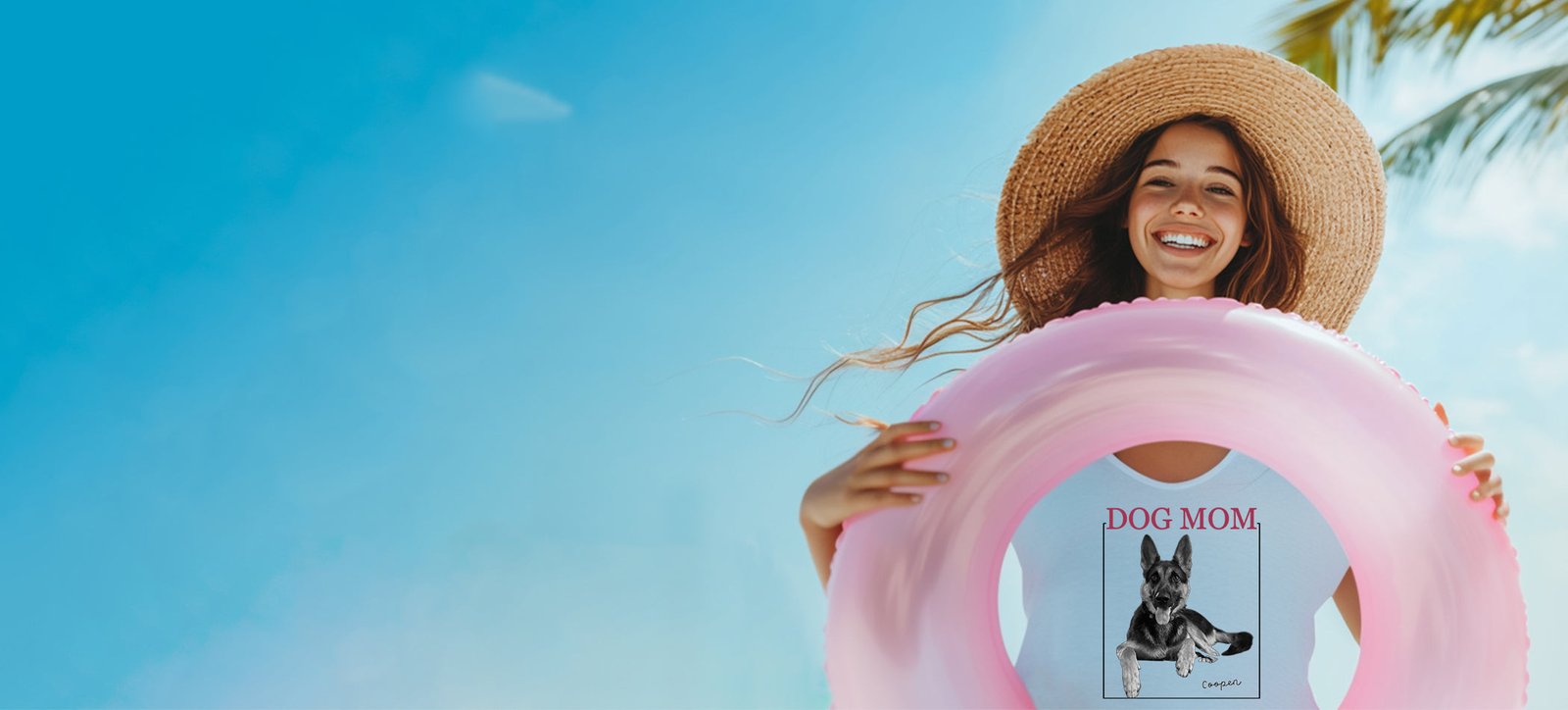
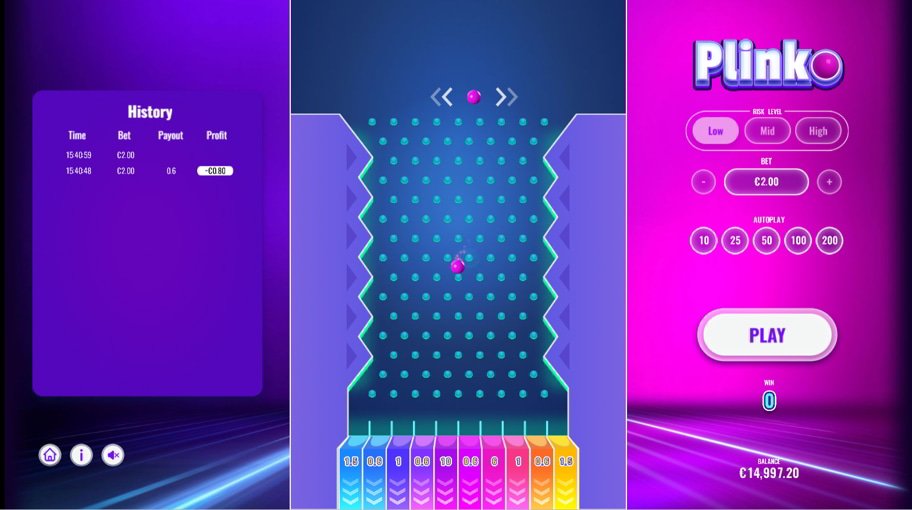
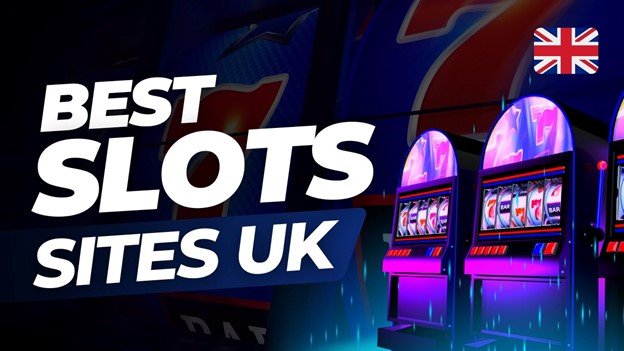
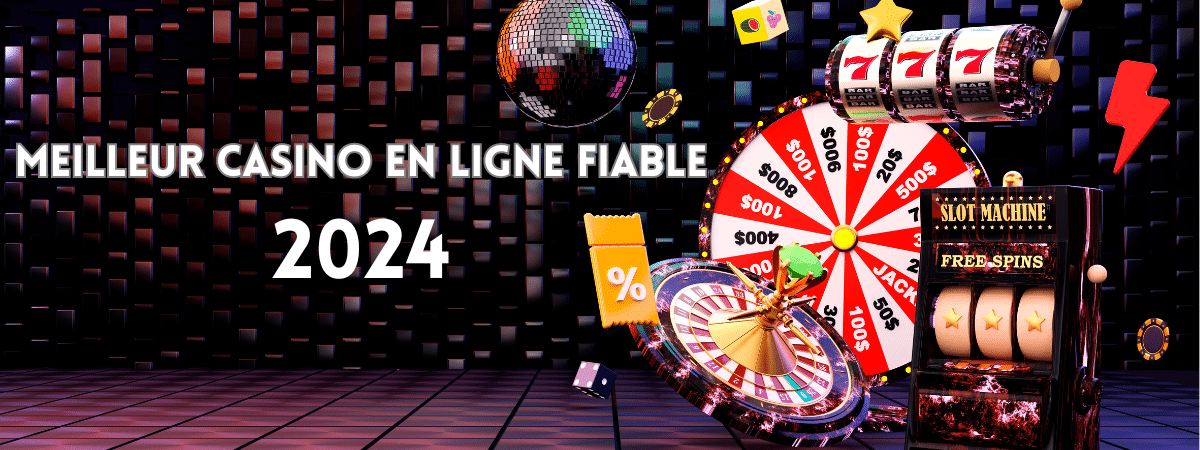


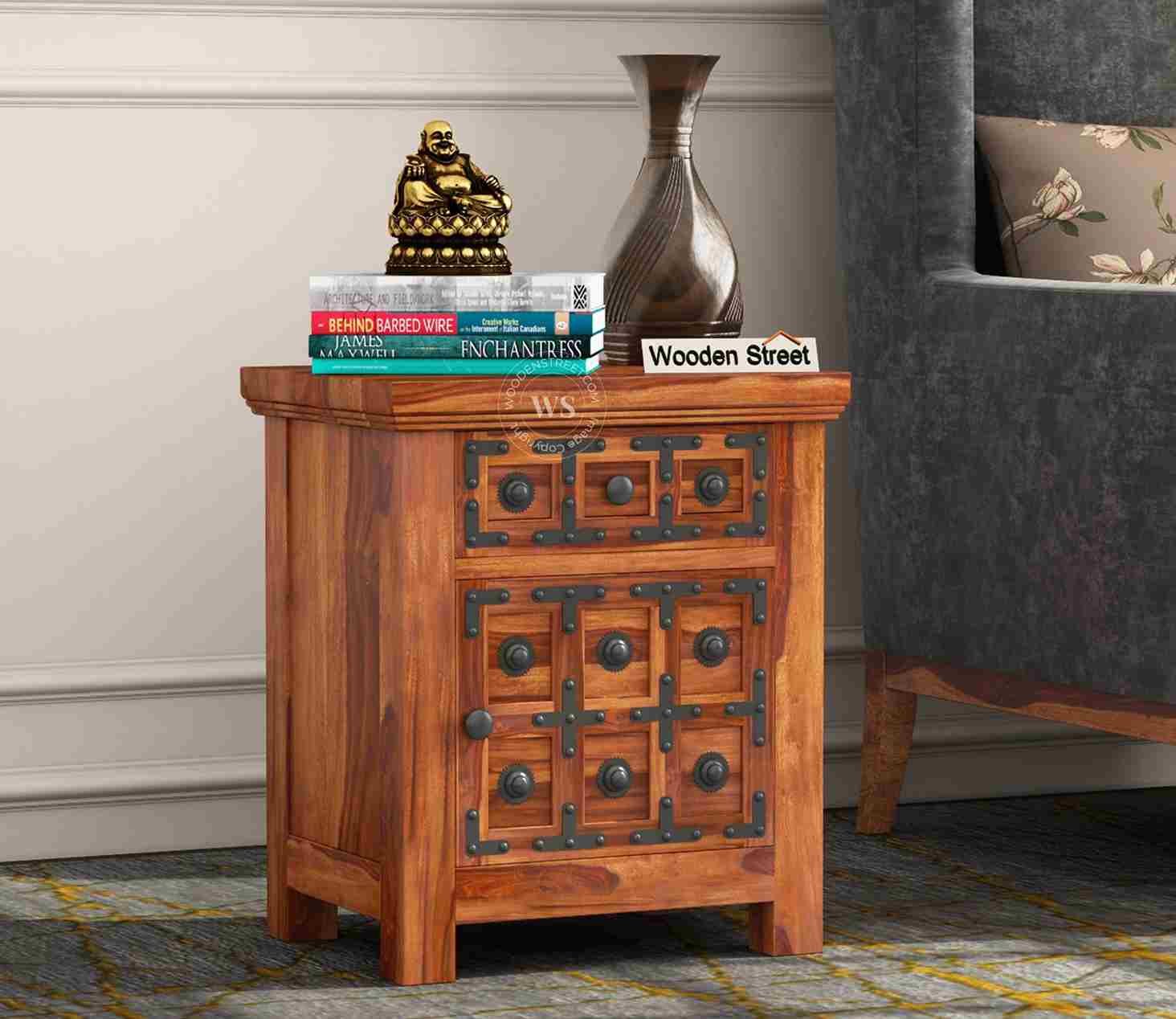
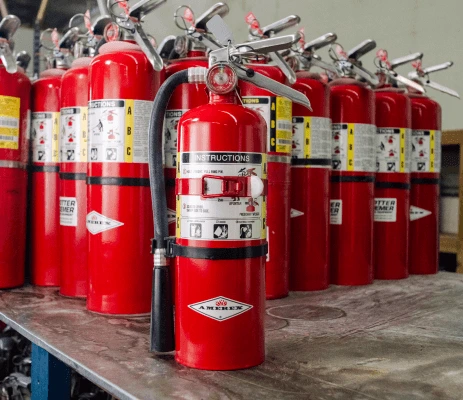
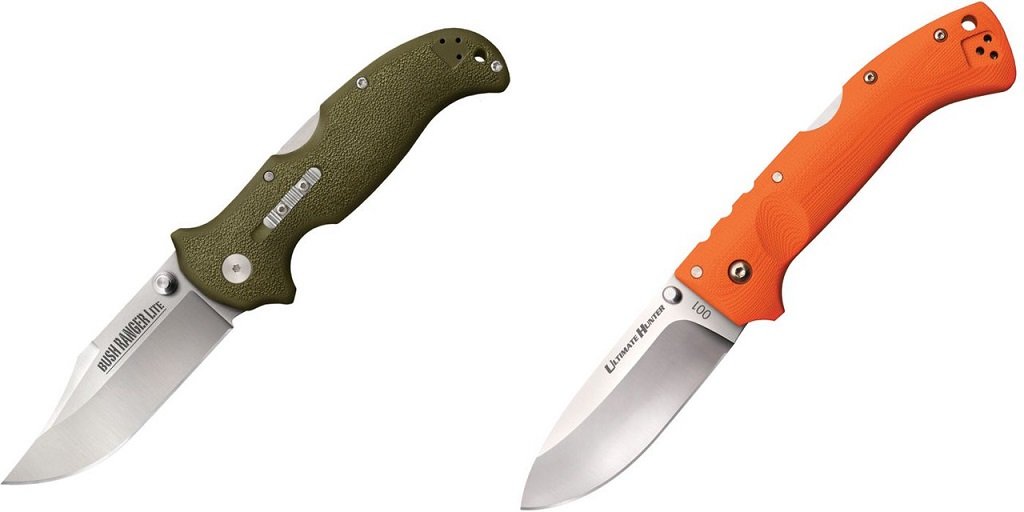


Leave a Reply